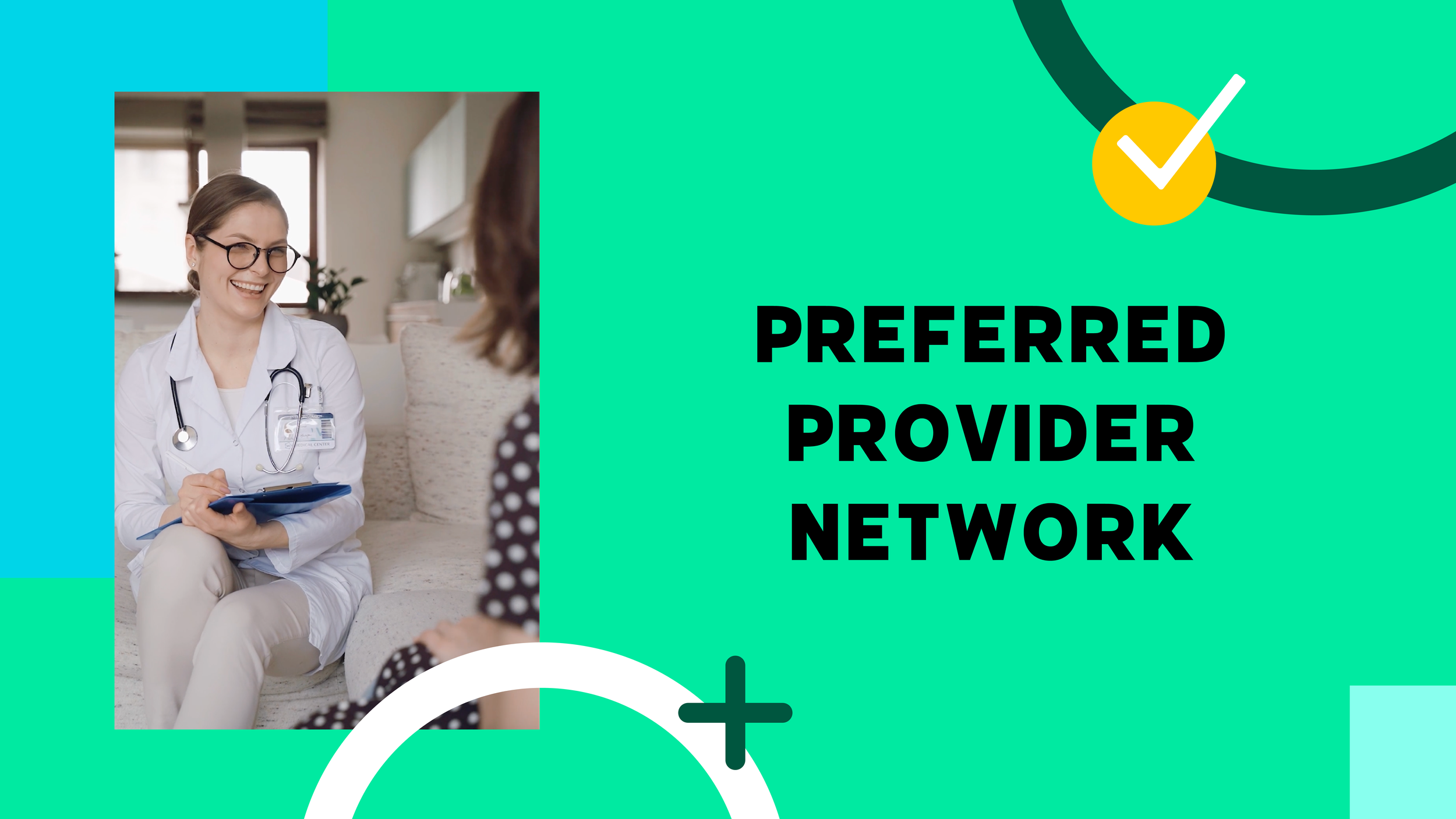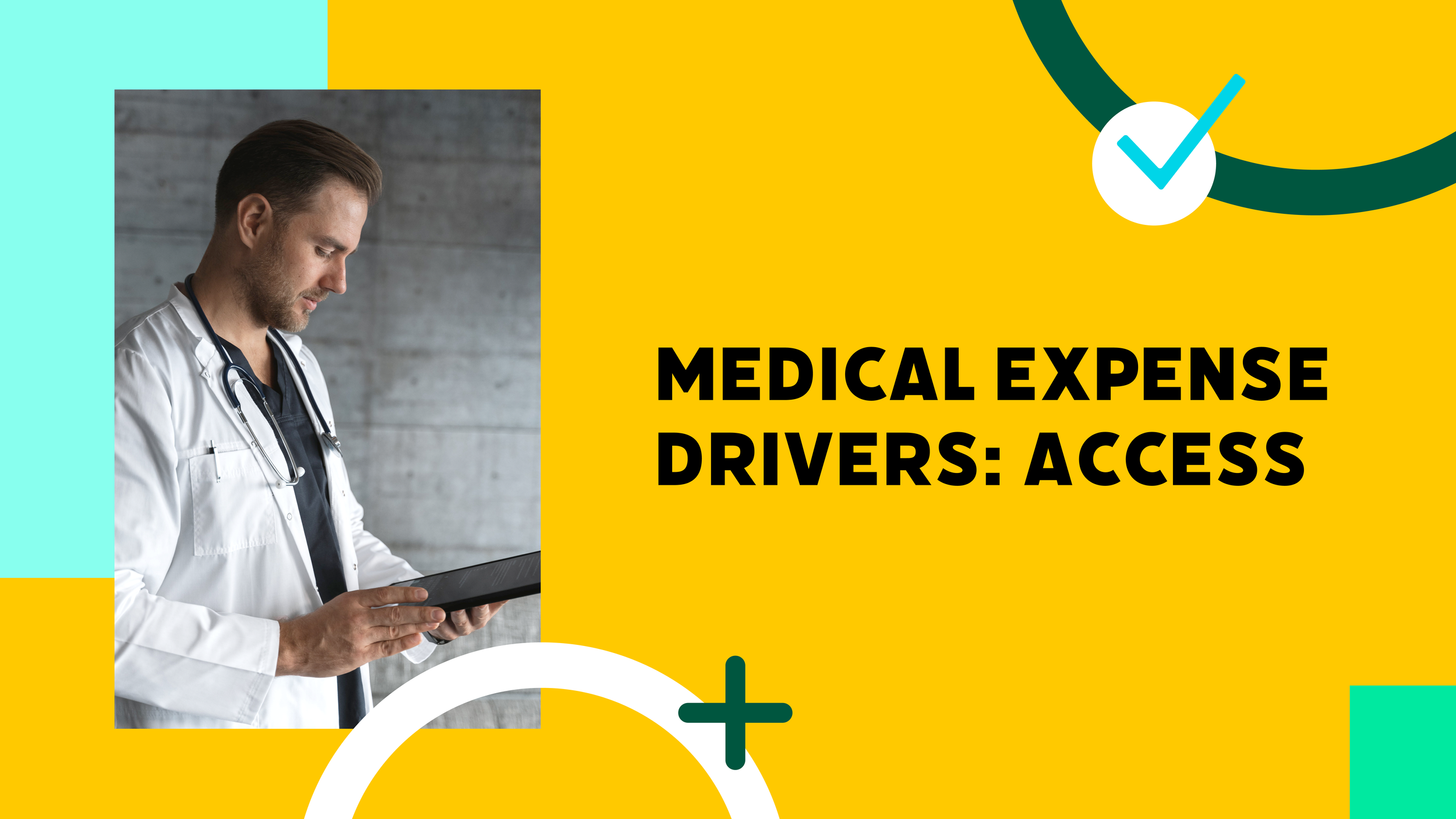Care Management
by Dr. Jon Hart
In this series on the drivers of success in value-based care (VBC), we’ve looked at elements that improve gross revenue and are halfway through the discussion of VBC components that help decrease medical expenses (Link to Part 2 and Part 3). This installment will tackle the complex topic of “Care Management,” so buckle up and hang on!
When we think of managing the care of a patient, most of us think of big “C” big “M” Care Management (CM). The image conjured in our minds is of Nurse Care Managers calling patients to check on them and possibly arrange help for them on their health journey. This approach is akin to thinking only of UberEats delivering you Thai food when you think about dining. It certainly involves food and service, but it falls miles short of the real, big picture, as does pigeonholing CM into a Nurse CM workflow. In fact, some of the most successful ACOs in the country don’t use Nurse Care Managers. They still manage their patients’ care, but with different personnel and workflows.
CM can and should be so much more than that initial image. The reality is that care management is a team sport based on risk assessment and stratification, designed to meet the support and guidance needs of a specific population, tailored to the individual needs of the patient. In other words, a physician-led, risk adjusted deployment of resources to execute an appropriate plan of care.
Those of us in the VBC space all know we need to engage in care management, but the questions always come up about how much is enough and what it should cost? The answers to these questions depend on the organization’s goals, the needs of the patients, and the resources available. These three factors determine the complexity, needed personnel, and cost of managing the care of your patients.
What can you afford? What is a must-do?
While risk stratification of your population based on individual risk seems like the starting point for design of solid care management programing, the real beginning is an assessment of your available resources. What already exists and what can you afford to build?
Are you new to the VBC space, and your primary need is to get assistance with activity-based payments through meeting certain HEDIS measures or meeting cost and use metrics (ED/K, IP/K, etc.)? If so, you may not have a lot of expected VBC revenue up front to spend on CM programming.
Or are you further along in your VBC journey with shared savings or capitation risk? If there are big dollars at risk, investment in effective ways to help improve your patients’ outcomes becomes more feasible – and imperative.
I think of this like an architect might think about planning the lighting for a building, with light being your programs to manage care. How much natural light is available? “Natural light” in the VBC context would include access to appropriate care, presence of community-based organizations, availability of health system-based education or specialty clinics, and health literacy of a population. How can these be leveraged to optimize “light” without adding cost to construction?
Next, what’s the goal and how many resources are at your disposal? Can you only afford enough light to avoid catastrophe, putting nightlights near the stairs and other hazards? Or do you want to shine light brightly into every corner 24/7, leaving no square inch unlit, using the spotlights of Pharmacists and Social Workers to light your patient’s path? Likely, you’ll want something in between, and most organizations, when just starting down this road, only have a budget for nightlights and a few floor lamps. Based on their population’s risks, though, they may be better served with some strategically placed spotlights.
The possibility of increased VBC revenue by taking on more financial risk becomes the basis of what you can spend moving forward. But to start, know your budget, then it’s time to assess and stratify your risk.
Population Risk Assessment and Program Planning
Assessment of risk involves learning the medical, mental health, and social risks of your population that can negatively impact their health, well-being, and outcomes. Here’s where data and analysis come in.
Using EHR or claims data, or a combination of the two, an organization can determine the prevalence of certain high-risk conditions in their population, conditions that tend to do better with extra support (i.e., incur less medical expense).
An easy way to start is to look for the “usual suspects” for your population.
In a Medicare population, the influenceable conditions that drive costs are chronic fragile conditions like diabetes, heart failure, COPD, and depression. With a Medicaid population, depending on the demographic mix, these same conditions may still be important, but with the additions of Maternity Care, severe mental illness (like schizophrenia and Bipolar), substance use disorder, Asthma, Special Needs Kids, Autism, and Sickle Cell Disease.
I was CMO of a Medicaid managed care plan where 80% of the members were healthy kids. The bulk of the rest were pregnant Moms. Maternity care, disease prevention, and meeting social needs like food insecurity and childcare were our focus, as we had hardly any heart failure or severe mental illness cases.
I’ve assisted other health systems with their Medicaid populations where the vast majority of spend was for severe mental illness and Sickle Cell Disease. So much depends on the demographics. Know your population.
Likewise, the predominant social risks of a population need to be assessed to help determine priorities for programming that address the negative social determinants of health potentially impacting a significant number in the group. Is food insecurity so prevalent in your population that you need to partner with local food banks? Does your population sit in a data connectivity desert, preventing them from accessing your electronic engagement tools? Is inadequate housing so prevalent that it’s impacting your chronically ill patients?
The list of potential social risks of your population is long and varied. There are data folks out there willing to sell you zip code level data on some of these social determinants. That can guide your program build, but as we’ll discuss later, this cannot be relied on in building an individual’s care plan.
For any population, another good place to start is with the patients who go to the Emergency Department (ED) frequently or land in a hospital at a high rate. This can lead you down numerous medical, mental, and social paths, but moving a patient from 15 ED visits per year to 3 would reflect improved health and well-being on their part while decreasing medical expenses.
Again, knowing the predominant medical, mental, and social risks can help build the macro level of programming to assist, support, and guide your population.
Identifying the percent of your patients with these conditions and risks isn’t a gourmet approach, but it can work to get a feel for your population as you determine which clinical support programs to build for the group. Basically it guides your grocery list and your prep work.
The next piece, risk stratification, can fall under the Michelin 3-star designation or can be making toast and boiling water, depending on your resources. I’ve seen practices spend a lot of money on predictive analytics tools with high C-scores to determine which patients are at risk or are rising risks for health decompensation and high utilization of resources. These tools, though costly, can help tremendously in deciding on which patients to focus your efforts.
Through assessment you have discerned the predominant risks of your entire population, but that doesn’t guide you to an individual plan of care for a specific patient (more in a minute). The point of this stratification process is you need to consider the risks of your individual patients, so you know who to prioritize in your outreach efforts. You probably can’t afford to be everything for everyone, so find the patients you can impact the most who are at the greatest risk. That is risk stratification.
If you can’t afford a fancy predictive analytics tool, don’t just pick your Top 5% patients based on historic claims cost. I have seen many organizations do this, and it’s not particularly effective. The majority of these Top 5% spenders either have conditions* you’re not going to have appreciable effect on with typical clinical programming or their catastrophic prior year will be followed by a regression to the mean, i.e., their spend would decrease anyway, without intervention.
[*Conditions like these would be End Stage Renal Disease or Oncology cases. There are opportunities to impact the care of these patients, but this is typically through a specialized Care Management program. The more bang for the buck still comes from other conditions unless you exclusively deal with kidney disease or cancer.]
An inexpensive alternative to the Top 5% approach is what I call “The Ven of Risk.”
First, find all your patients with the chronic fragile conditions mentioned above, those with a BMI over 30, and those with diagnoses of depression or anxiety. The area of intersection of these three circles of patients is a good place to start in outreach to support patients. These are the people that are going to get into the most medical trouble without intervention.
Here’s the key takeaway point on risk stratification. Whatever method you use to prioritize your patients for outreach and programming, the main issue is following through and actually engaging these patients. Too many practices use their fancy risk strat tools, stratify their patients, and then do nothing effective or impactful to change the patients’ health trajectory. Follow-through with an individual plan of care supported by your team is essential.
An Individual Plan of Care
So, assess your population’s risks, build programs to address the most common issues, then identify and prioritize the risks in each individual patient. Upon contacting these patients, you can then create an individual care plan to address their unique needs. They may fit neatly into the overarching programming you’ve built, or you may need to tailor support. (Enough of the same tailoring would imply the need for a new organizational program.)
Either way, it is this individualized plan that will lead to success and better outcomes. We tend to build programs specific to conditions – diabetes programs, heart failure clinics, COPD plans – but the deployment of those resources needs to be based on the individual needs of the patient.
More importantly, until we improve our ability to capture social risks impacting the individual patient in discrete fields of data, the individual plan is the best way to uncover social risks in need of attention to prevent them from being barriers to better health.
As mentioned above, we can learn about the probability of a negative social determinant of health within a zip code through Big Data. However, currently, the best and only way to discern the risks of the individual is through conversation. Living in an area prone to food insecurity doesn’t mean every patient has that risk. Likewise, just because Mrs. Jones’ zip code doesn’t hit as a risk for social isolation doesn’t mean she isn’t experiencing that risk.
Ask the patient. Apply the appropriate amount of relationship with your technology.
Self-Management of Chronic Conditions
When designing programs to help manage the care of your patients, a key component to the build for as many as possible is the goal to facilitate a patient’s move to self-management. There are a few patients who will need their hands perpetually held to guide them in their health journey; however, the vast majority can be educated and supported in the self-management of their conditions and risks.
This approach makes for more engaged patients, invested and knowledgeable in the care and needs of their conditions and circumstances. Working toward their ability to recognize and advocate for their own needs will lead to even better outcomes.
That doesn’t mean it’s one and done on managing their care. Issues arise and the need for additional support can come. The point is this: design your programs to work toward patient autonomy and responsibility, not a permanent need for services.
Coordinated Care
Care management without coordination is like a well-powered, rudderless boat – lots of umph that just spins you around in circles, or worse, causes harm. The design of a care team was alluded to earlier in the discussion of lighting. At its pinnacle, an interdisciplinary care team includes physicians (PCP and specialists), providers, Nurses, Pharmacists, Social Workers, Counselors, Therapists, Community Health Workers, representatives of community-based organizations, and most importantly, the patient. In special circumstances, there may be a need for focused guidance from an oncology navigator or ESRD support team.
If these members of the team all work in their own siloes, without communicating with the rest of the team, care gets duplicated, contradictory information could be given, patients can get confused or overwhelmed, and their outcomes will suffer. One of the biggest challenges of managing care is to have specialized services without multiple, disparate patient contact points.
Designing an effective care management platform includes the ability to communicate across the team and effectively communicate with a patient, limiting both patient confusion and abrasion.
Through an honest accounting of your own needs and available resources, assessment of your population’s common health risks, construction of support programs for patients, stratification of patients based on their individual risks, and the coordinated function of an interdisciplinary team, your patients can be guided, educated, and supported, preferably to self-management, but ultimately, to improved health outcomes and lower medical expenses.
The upcoming and final chapter in this series on VBC drivers also relies on effective communication and a patient-centered plan - a high value network of specialists, providers, and facilities.







